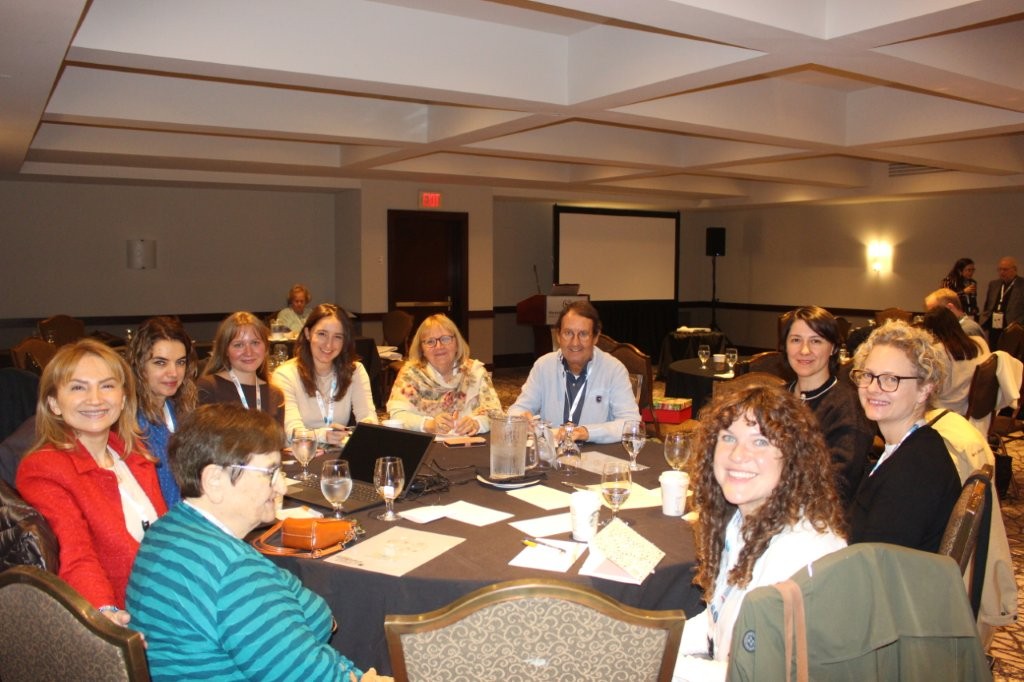Group 5 of the Framework Day at the 2025 Conference have just met in Niagara Falls, Ontario to discuss how to move forward the ILF children’s strategy. We await, not with trepidation but with great expectations, the outcome and their report and judgement.
The National Frameworks are the driving force of the ILF. It is their energy, seeking to provide solutions to the ILF dream to create a better everyday life for people living with lymphoedema and related disorders, that takes the work of the ILF forward. Without their work and mutual co-operation, supporting each other as they face the common and diverse problems within their own health care systems the ILF would be the far poorer.
Here we see one of the working groups who were focussing on the children’s work.

Group 5, Children’s strategy group
